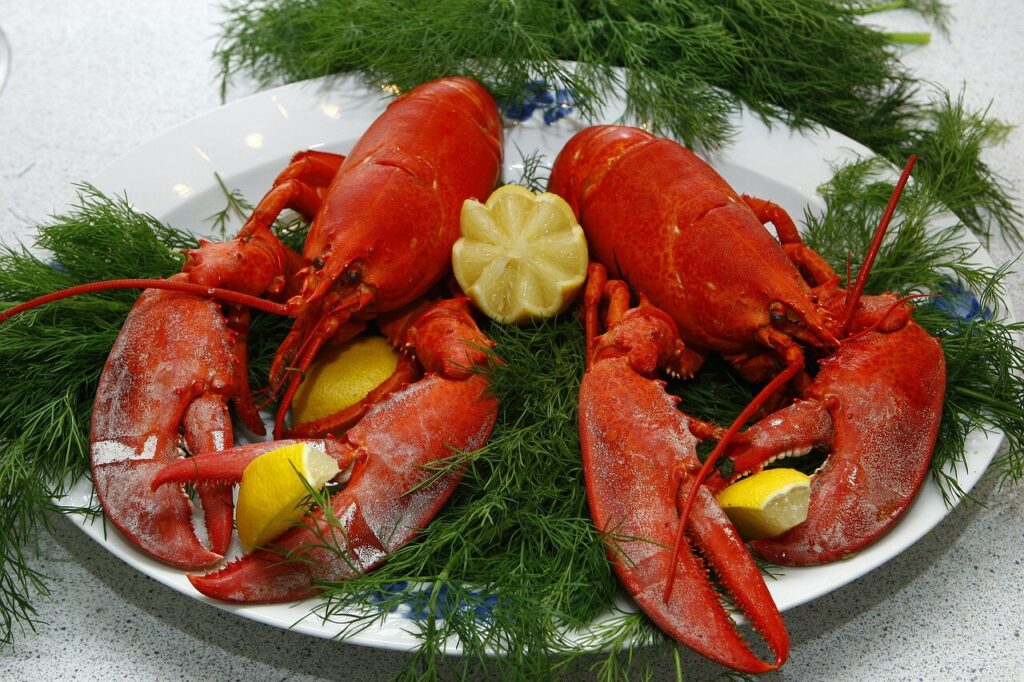Now that all of America was aware of the tasty bugs, the lobster’s slow claw to the top of the menu started in earnest, around the 1880s. Train travel was exploding, and midwest dwellers were coming east curious about this weird shelled meat that kept showing up in their dinner cans. They’d had the world’s worst version, but wanted to try the real deal while on their trips, and didn’t know that east-coasters basically considered it something you’d eat out of a dumpster. The demand incentivized chefs to dress the old bug up a little, while at the same time, lobsters were starting to get a whole lot harder to find, and generally smaller, thanks to the amount of them that were feeding basically the entire low-class workforce. Weirdly, something that was once plentiful in the new world was basically wiped out! The colonists never do that!
It was while chefs were experimenting with making lobster a respectable meal that they stumbled on one of the biggest developments in how to murder a lobster for maximum flavor: the macabre method of cooking them while still alive. Up until then, lobsters were cooked the way most meat was: after being killed. And why wouldn’t they? It wasn’t like bison meat was tastier if you chased one screaming into an oven. Lobster meat, though, does have some unique properties that make cooking them alive much more palatable. The digestive system of a lobster almost immediately starts to go to work on its own corpse after death, and even if the meat isn’t spoiled in the sense of medical danger, it will rapidly become mushy and unpleasant, much faster than a traditional meat or fish would. Basically, right as they started to present lobster as an actual delicacy, they figured out they’d been cooking wrong, and that it was actually pretty damn good.
With the popularity of lobster now taking off at the same time as the population had naturally been dwindling, supply and demand took over and started sending prices skyrocketing. So, what might have seemed just like a strange class-based tug-of-war over crustacean meat, or a particularly shrewd campaign of lobster PR, was mostly a combination of two of life’s truths: everyone wants what they can’t have, and the free market is all too happy to charge them for it.

